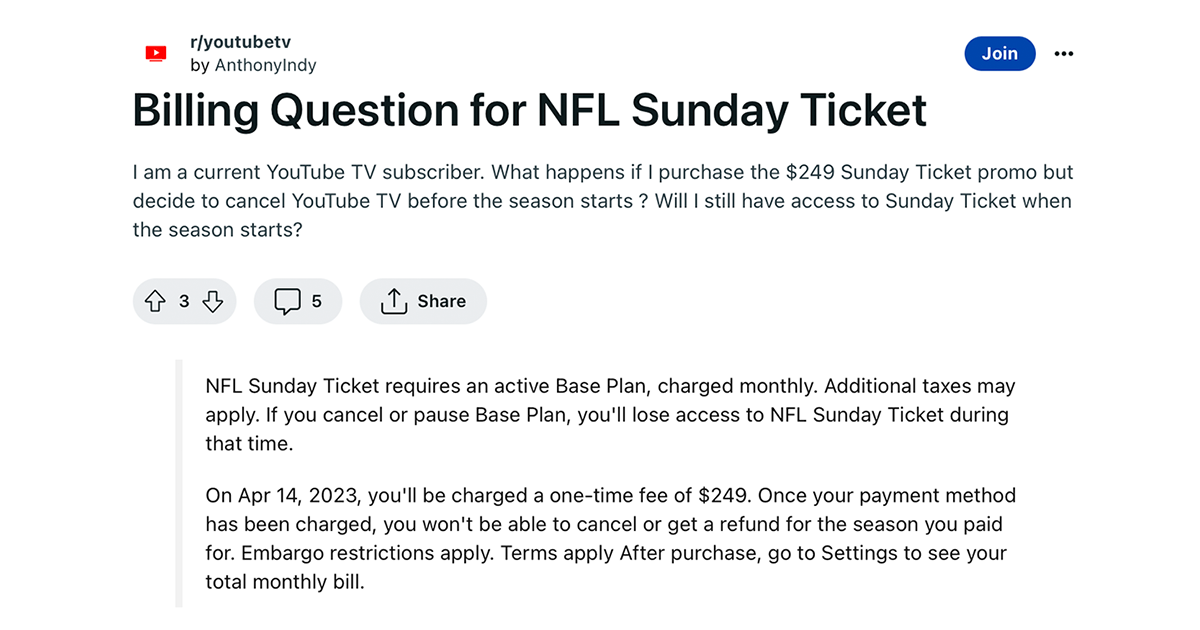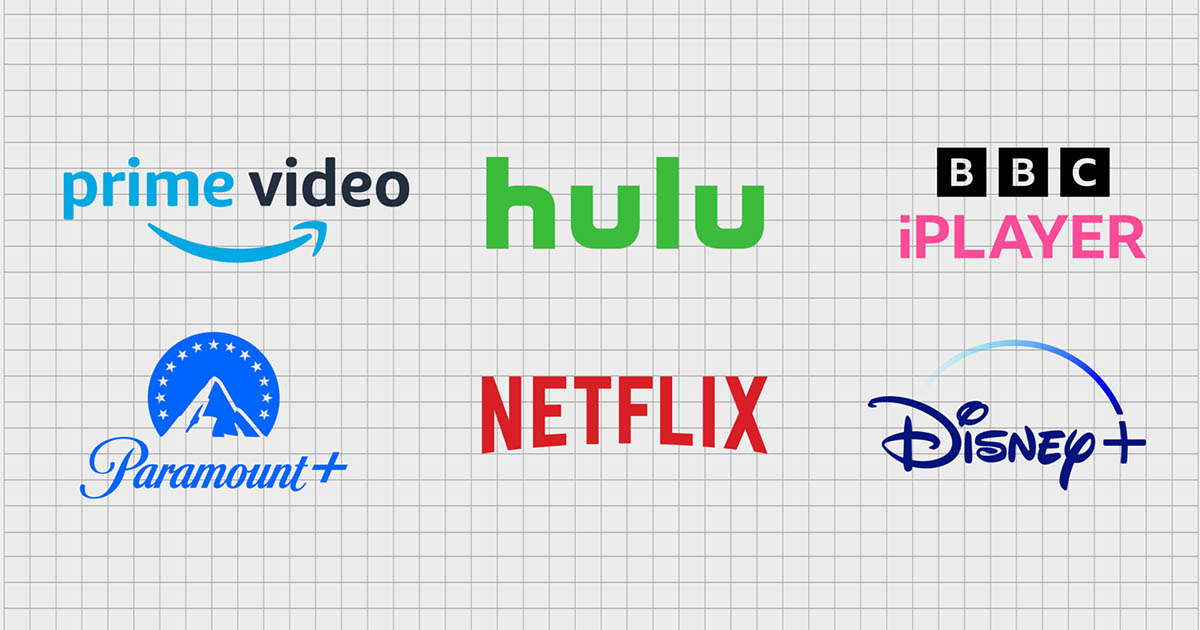The Hollywood Strike All Comes Down to Metrics, Methodology and Transparency

The writers and actors strike comes down to a discussion on how best to measure the impact that content has, on a per title basis, with metrics and methodology that both sides agree on, while offering transparency. That’s not promising.
The writers and actors strike is a complex topic due to, amongst other things, a lack of agreed-upon methodology for defining streaming viewership and data transparency. But when SAG-AFTRA is quoted as saying, “It is not okay anymore for companies to just bring in huge amounts of revenue from people’s work and not share it with them,” I think a clear distinction needs to be made between “revenue” and “profits”. Those are very different metrics.
Many are talking about how much money Disney and others streamers are making, but Disney’s DTC business is not profitable. Their DTC business has $10.84 billion in losses from Q1 fiscal year 2020 through Q2 fiscal year 2023. Disney has said they expect Disney+ to, “achieve profitability in fiscal 2024, assuming we do not see a meaningful shift in the economic climate”, but their business is not profitable today. Why isn’t SAG-AFTRA suggesting profitability as one of the metrics so that the more a streaming platform makes, the more writers and actors could make?
Instead, SAG-AFTRA proposed that performers receive a 2% share of the revenue generated from streaming content and they want to use Parrot Analytics’ content valuation platform to determine what revenue was generated by each piece of streaming content. The problem is that Parrot Analytics is using metrics such as Google searches and social media engagement to define which content is considered most valuable to the streaming platforms – based on their “estimates”.
The AMPTP has correctly pointed out that that Parrot’s data is not available to anyone who doesn’t subscribe to them and it, “lacks any demonstrable link to the actual revenue received by the service in the form of new or retained subscribers.” When the core methodology being proposed is not based on actual viewership, I think that’s a problem. Using “popularity” in Google searches and on social media is too vague of a methodology. Popular doesn’t always equate to profitability.
Studios value content differently on a host of factors including the content costs, type of content, target market etc. and those values change. Streaming platforms are constantly evolving their strategies on what content to invest in and that shifts all the time. It’s an extremely fluid business and will continue to be so going forward. Streaming does not and will not look like what linear used to look like. Applying a linear TV model for royalty payments tied to streaming distribution is not going to work.
Both sides are so far apart on the foundation of what should even be measured, how to measure it and what data to share. It’s not looking good to this strike being resolved any time soon.







